Free sightseeing walking tour in Cusco
What is Cusco
Travelers are familiar with Peru since it is home to one of the world's most famous tourist attractions, the Machu Picchu Temple. But, aside from him, there is a lot to see. Given the city's elevation above sea level, it's worth spending at least 10-14 days here. This will allow visitors to properly appreciate not only historical views, but also the highlands' distinctive ecosystem.
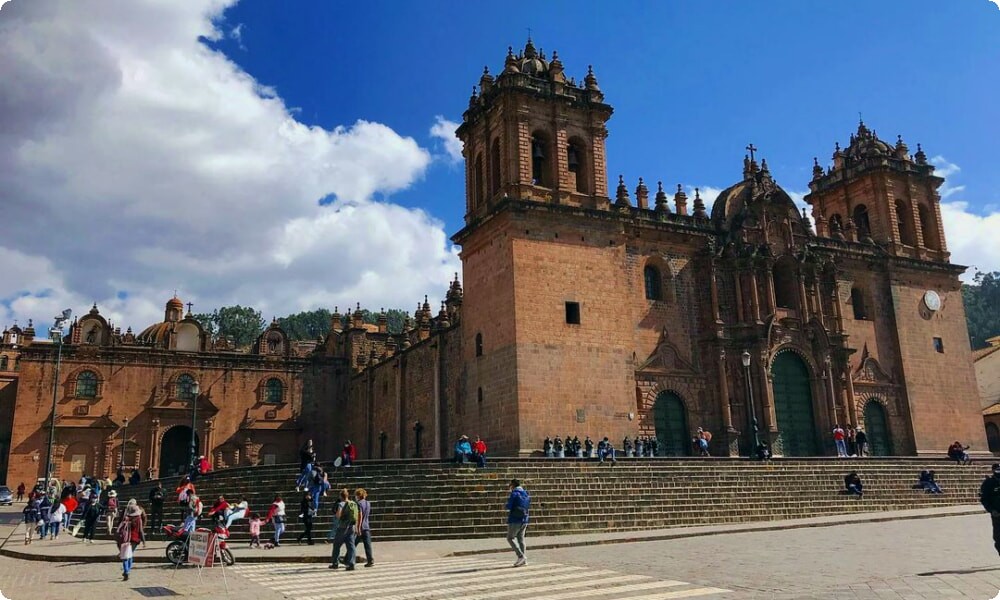
Cusco is a city in the southwest of Peru. The Urubamba Valley in the Andes is situated at an altitude of almost 3,500 meters above sea level. Cusco is known as the historical or archaeological capital of the Americas, and UNESCO has recognized it as a site of world cultural heritage for many years.
Cusco is the capital of the Inca Empire and one of the oldest and most unusual towns in the world: the Incas carved the foundations of houses and churches into the surrounding mountains, and they have a long history. Myth has it that Cusco, the Holy City and capital of the Tahuantinsuyo Empire (Latin for "four directions of the world"), was founded between the eleventh and twelfth century A.D. The first Inca to emerge from Lake Titicaca was Manco Capac. In Quechua, Cusco translates to "spine of the earth." This powerful state spanned over 5000 kilometers from south to north, encompassing portions of modern-day Ecuador, Bolivia, northern Chile, and Argentina.Unfortunately, the history of the great state was interrupted with the arrival of the Spaniards in 1533. They tried to completely destroy all traces of "pagan culture". Fortunately, they did not succeed - the palaces and castles were too large. But they built buildings on Inca foundations, often using huge stones carved by famous Inca stonemasons for construction.
The Spaniards adopted the old city's layout, constructing churches where previously stood Inca temples and residences for conquerors where once stood palaces. During the colonial era, agriculture, mining, and trade with Spain kept Cusco a thriving metropolis. In addition to cathedrals, universities, and archbishoprics, other churches and monasteries were constructed. Cusco is currently a modern metropolis of 140,000 people with connections by rail, air, and bus. Red-tiled roofs and cobblestone streets contribute to the old city's distinctive charm. Inhabitants of the city who are descendants of the Incas speak Quechua. The exquisite ancient churches and squares stand in contrast to the vibrant folk markets and traditional attire.
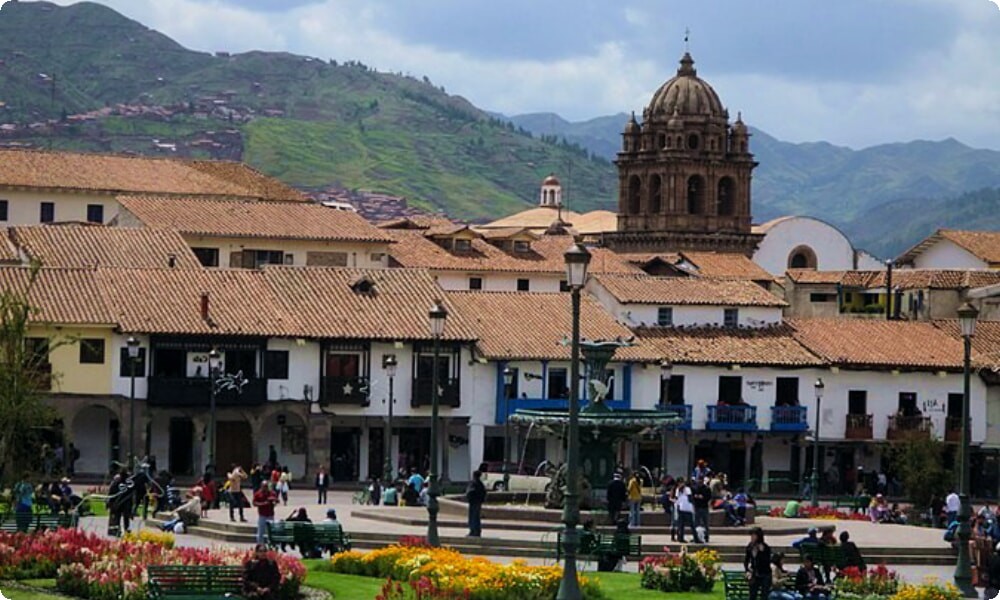
Where to be located
In Cusco and nearby there is a fairly large selection of good hotels for every taste and budget - you can choose both a modest place to spend a few nights, and a rather chic hotel for the most comfortable stay - for example, JW Marriott El Convento Cusco . You can choose 5* hotels in Cusco or simple hostels for one night at a very affordable price.
Where you can eat delicious food in Cusco
It is important for all tourists to know that not far from Cusco they can find restaurants with various cuisines of the world, as well as with a local menu:
◾ for traditional cuisine you can go here - KUSI Restaurant
◾ Peruvian cuisine is also well represented at Yaku
◾ for modern eco-friendly dishes - www.kushka.pe
◾ local steaks can be tasted here - cuscodining.com
The prices are quite moderate, the cuisine is very tasty, not too spicy, it will appeal to both meat lovers and vegetarians. There are enough vegetables and very tasty meat.
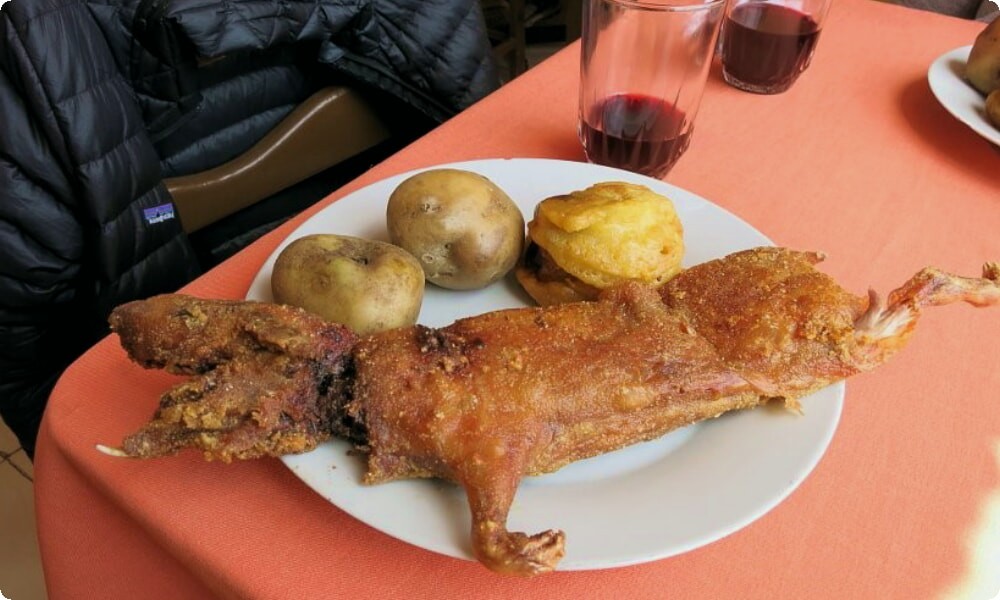
What to see in Cusco
The "lost metropolis of the Incas" is commonly referred to as Machu Picchu (meaning "ancient peak"). Pachacutec, the great Inca monarch, built it as a sacred mountain refuge in 1440, but it only lasted until 1532, when the Spanish came. By the way, this is linked to another Inca mystery: in 1532, all of the Incas' inhabitants unexpectedly vanished. The city was completely forgotten until 1911. Until Professor Hiram Bingham, an American researcher from Yale University, arrived. The city is situated on the crest of a mountain range, 2057 meters above the Urubamba River valley in modern Peru..
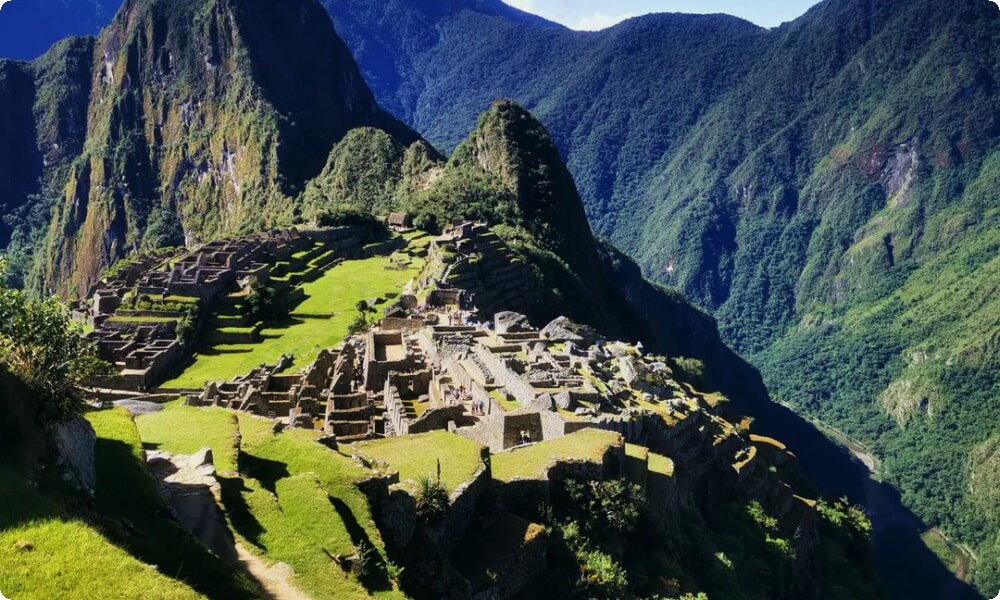
There are three zones at Machu Picchu: holy, residential, and aristocratic. In total, the city has retained up to 140 different constructions created in accordance with Inca traditions - big polished stones of the exact shape fit so securely together without any solution that even a knife cannot penetrate the junction. It's still a mystery how the Incas moved and stacked multi-ton stone blocks on top of one another: the sun-worshiping society didn't even have wheels. The conquistadors from Spain never made it to Machu Picchu. This city was spared destruction. Now here you can find many interesting museums that are ready to tell about the history of the Incas or about the contemporary art of the region. At the same time, all tickets can be purchased in advance here www.ticketmachupicchu.com - this will help to avoid long queues.
The main attractions of Cusco, associated with the culture of the Incas and their predecessors, are located in the vicinity of the city:
◾ Sacsayhuaman is the first and probably one of the most significant. This is a massive castle located northwest of Cusco at an elevation of around 3500 meters above sea level. It was built by the first Inca, Manco Capac, according to mythology. "A stone-colored bird of prey," the name means. The complex also contains the stone "throne of the Inca," 21 bastions, and formidable towers, each capable of sheltering up to a thousand warriors. Sacsayhuaman is an architectural marvel that is appropriately regarded as the world's eighth wonder. According to scientists, the Incas had an astronomical observatory and a house of reconciliation.
◾ Puca Pucara - Red Fortress, one of the attractions of the small town of Antisuyo. Once she was called upon to guard it and protect the inhabitants from external enemies.
◾ Tambo Machai - sacred baths of the Incas, quite an interesting archaeological complex. In fact, It is made up of channels and windowed walls. The complex was the Inca's center of water worship..
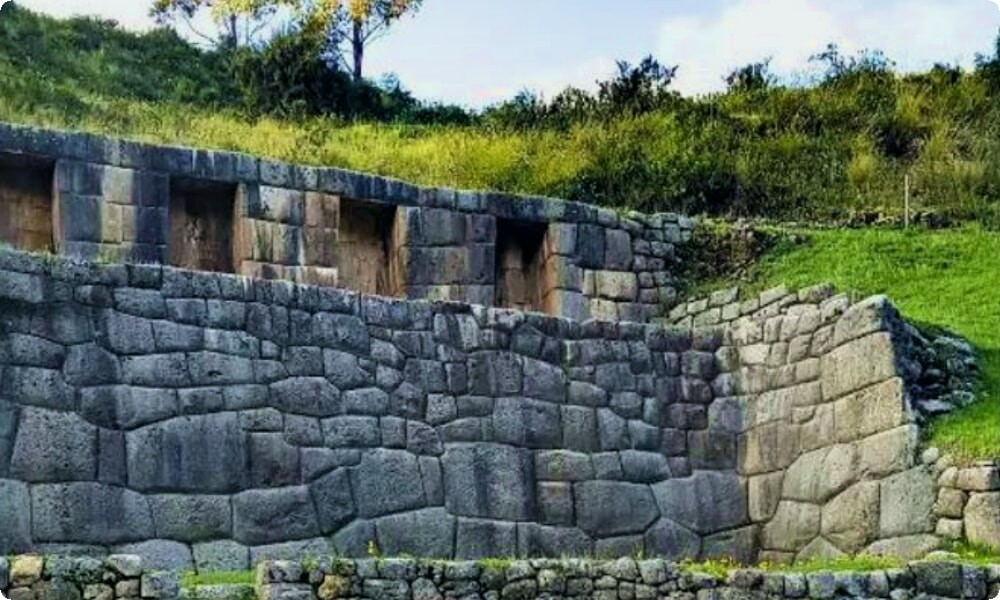
◾ Qorikancha is one of the most beloved temples among the locals and has always been a great ceremonial religious center for the Andean society, much like Mecca in Saudi Arabia for the Muslim people. Here you can find the most beautiful artifacts that can show the attitude of local residents to the deities. Initially, the temple was gilded.
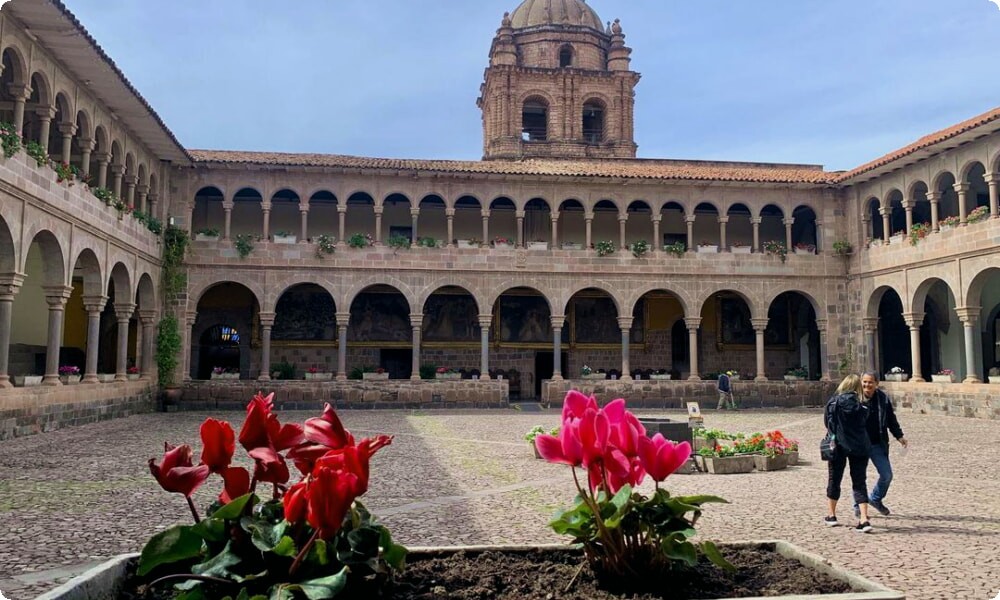
◾ The Qenko Temple is another very interesting center of worship and Inca religious ceremonies. Outwardly, it is not very remarkable - it is just a limestone rock, but it is almost completely covered with symbolic images of a snake, cougar and condor. According to the data en.wikipedia.org/wiki/Qenko, it was dedicated to the Earth Goddess.
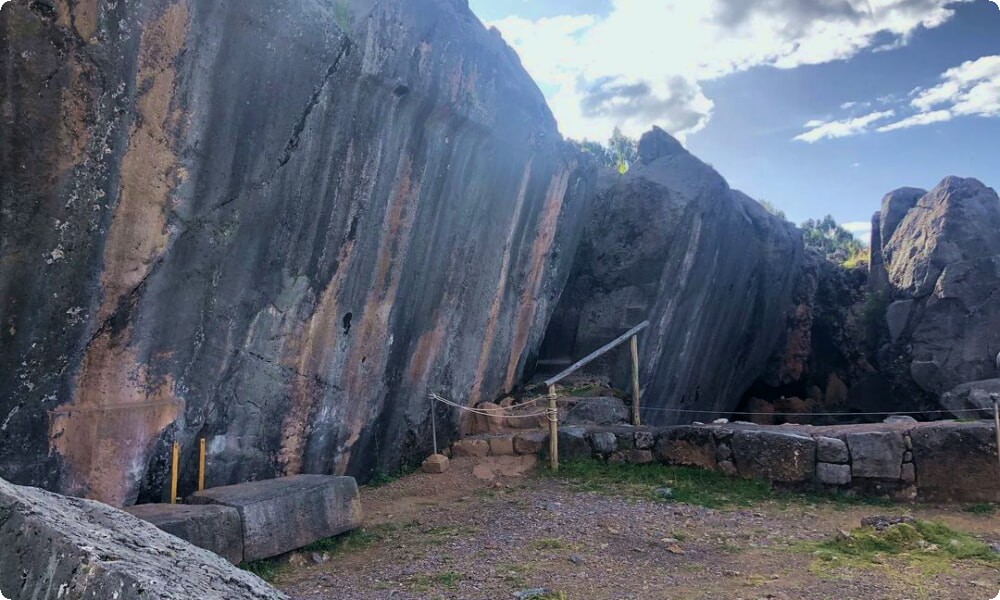
◾ Pisac - the Inca citadel at the mountain's peak and the settlement at its foot. Traditional Indian bazaars are set up on the Main Square, selling souvenirs, maize, rare jungle fruits, spices, ceramics, and textiles. On Sundays, you can hear the traditional Mass in Quechua, the ancient Inca language.
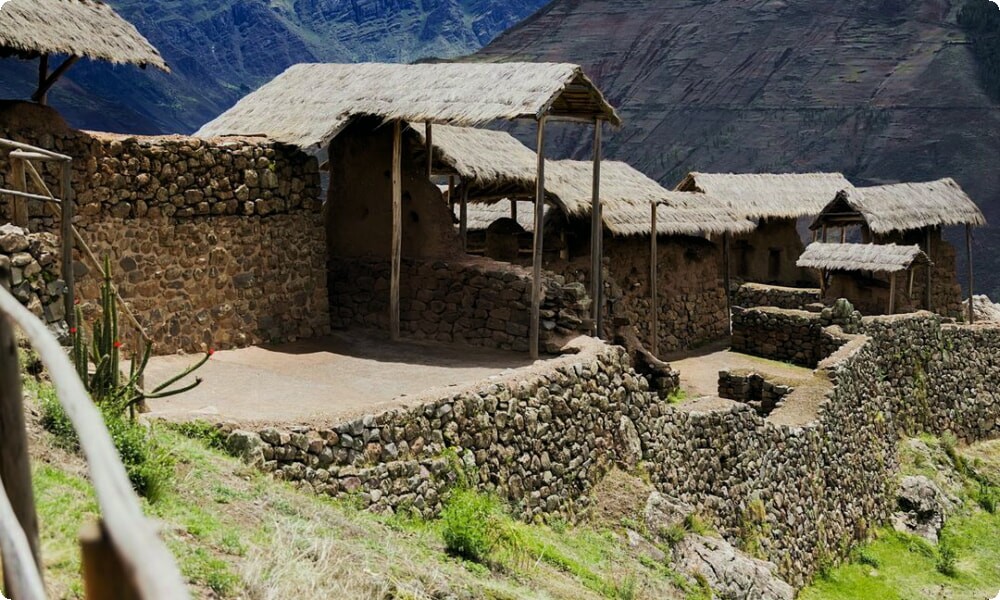
◾ Ollantaytambo is a massive pyramid city, archaeological site, and stone stronghold in the Sacred Valley. During the Inca Empire, this complex was a massive social, governmental, religious, military, and agricultural hub. At the pinnacle of the Ollantaytambo pyramid is a massive array of seven stone monoliths that have been meticulously polished and put together.The lateral valley that extends from Ollantaytambo into the mountains is densely packed with ruins and Inca artifacts.
Later, the Spaniards converted the settlement into a fortress. Cusco is 1130 kilometers from Lima, 390 kilometers from Pune, and 520 kilometers from Arequipa.
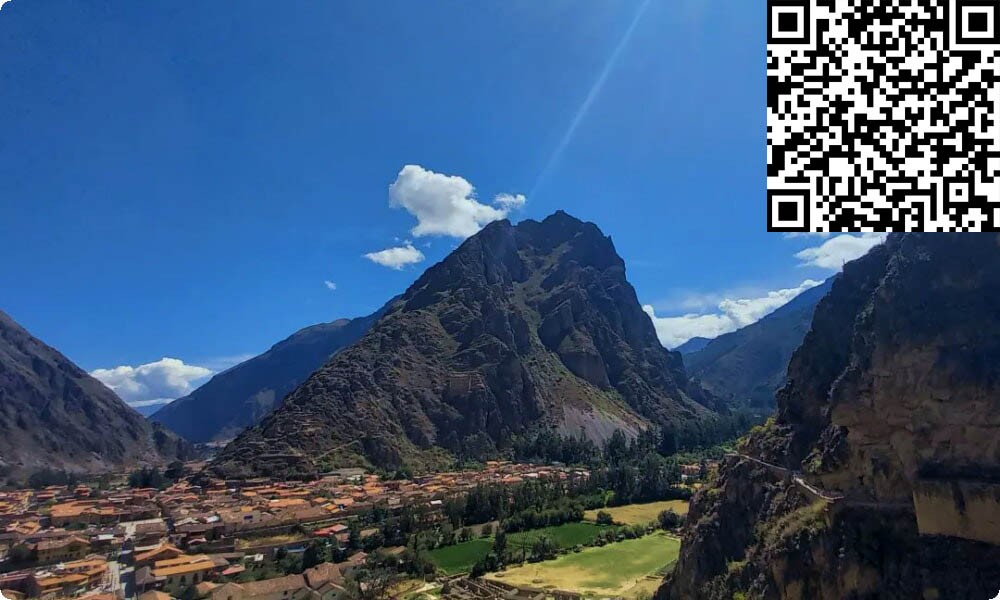
Cusco is located 1130 km from Lima, 390 km from Pune and 520 km from Arequipa. The most convenient way to get there is by plane or by train - this will save a lot of time. Here you can order Free Walking tour Cusco and immediately find out which sights to visit in the following days, because the choice is really amazing. In order to get the most out of walking around Cusco and the surrounding towns, don't forget to check out some tips here:
This video can save you some trouble or wasted money or effort.
How to easily navigate between attractions
Unfortunately, public transport in Peru is not as good as we would like. But there is always a way out. There is a well-developed car rental service. For example, in Cars4travel you can always take a good car. If you have certain requirements for the quality or characteristics of the car, it is better to book in advance.
What's next
If all the fortresses have already been explored, Machu Picchu has been explored, and there are still days of rest left - try to change the situation and go down to the sea. The coast has an excellent selection of ocean beaches with plenty of activities both on the shore and in the water. Almost all water sports are represented here, which you can do both on your own and with instructors. Beaches are presented for every taste and budget, you can start your choice with 10 best beaches in Peru. Whichever one you choose, you can be sure that you will get the most out of your trip. Cusco knows how to impress - believe me, you will not forget the impressions you received, but the desire to return to the grandiose witnesses of world history will remain. The majestic Machu Picchu is always waiting for guests.